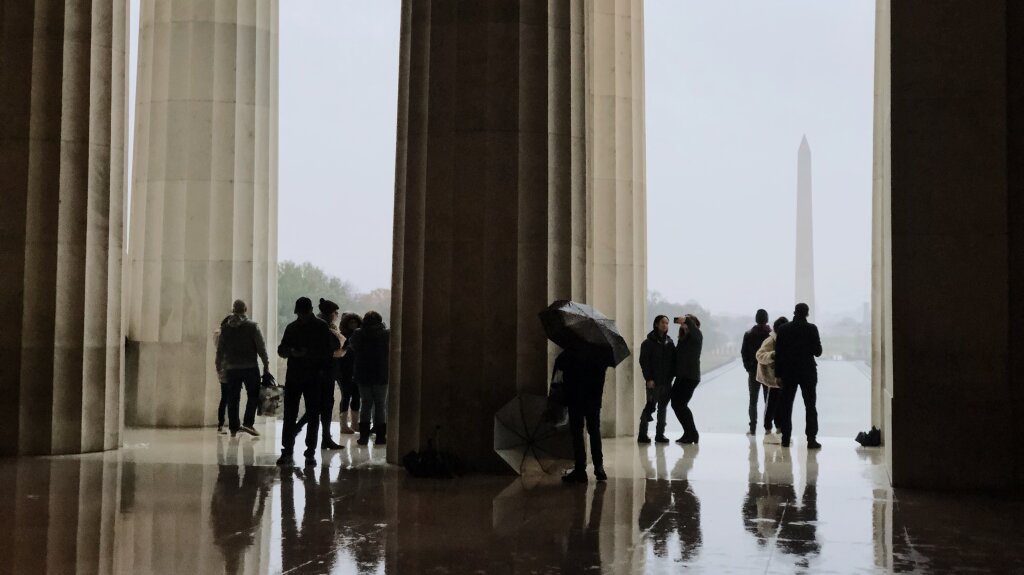By | 4 min
Mike Harris explains how new media will revolutionise the way unions work (from the Autumn Edition of ForeFront magazine)
Last June, hundreds of thousands of ordinary Iranians took to the streets in the aftermath of Iran’s disputed presidential election. It used to be hard (and slow) work to organise street protests, with activists using underground samizdat printing presses at great risk to themselves, and their families. But now, in the new social media age, a single tweet (message via Twitter) can inform hundreds, if not thousands, of activists where to meet. More importantly, tweets can be hard for the authorities to trace.
Trade unions have an essential role to play in civic society. Now more than ever, members of trade unions in both the public and private sector face unparalleled challenges to their livelihoods. So, how can social media make a difference?
I manage the Libel Reform Campaign a coalition between English PEN, Index on Censorship and Sense About Science. We aim to change our libel laws which currently allow global corporations accused of appalling practices in third world countries to silence their critics using the High Court in London. We’ve used social media to great effect – 52,000 people have signed our online petition with 38% of them visiting our website via Facebook and Twitter.
The most important thing to remember when attempting to use social media to communicate a message is that prefix, ‘social’. Social media relies on the trust individuals place in the communicator of the message. Stephen Fry has 1,638,105 followers on Twitter simply because people like him. In this format he has serious clout: a single one-off tweet by Stephen Fry drove 1,918 people to our website.
It may be the case that corporations or trade unions aren’t ideally suited to a media like Twitter (who wants to follow PepsiCo?) – but individuals are. Rather than holding a monolithic Twitter account to push out messages, unions need to encourage everyone from the general secretary through to shop stewards to activate an account. How many people read every union email they receive? But if colleagues and friends are twittering a message from my union I’ll engage and take action. But – social media isn’t a panacea to falling participation and membership of your organisation. Whereas it can engage people quickly in your campaigns, the social element is key: you need a core of active people. Our campaign worked because we embraced this ‘social’ element with pub meetings, debates in Parliament and regular get-togethers. Twitter users met for the first time over a pint and could get involved in our work. We embraced spontaneous action by others.
For unions, social media is an opportunity especially in workplaces with low trade union density. A few highlynetworked individuals can drive membership throughout an organisation. The CWU’s Pat Carmody unionised a north London call centre, staffed by many temporary staff, against the best attempts of the management to prevent him. As nearly all the mostly young staff had Facebook, a Facebook group was set up. As each call centre worker joined the group their friends on Facebook were notified, which in turn drove fellow call centre workers to join – especially as it was the only Facebook group for their workplace. Social events – there’s that word again – were organised (paid for by the union) with live music and food which brought yet more people into the fold; nearly all of whom have never been a member of a union before. Social networking works at a micro level. For unions to embrace it they must think about why they want to use it, but also who is best placed to communicate their message. The union man Lech Wałęsa struggled against the odds to maintain his illegal strikes against the authoritarian regime in Poland. Modern struggles are now easier thanks to these transformational technologies; but you still need individuals to drive change.
■■ Mike Harris is a public affairs and media consultant and a member of Unite and the CWU.


